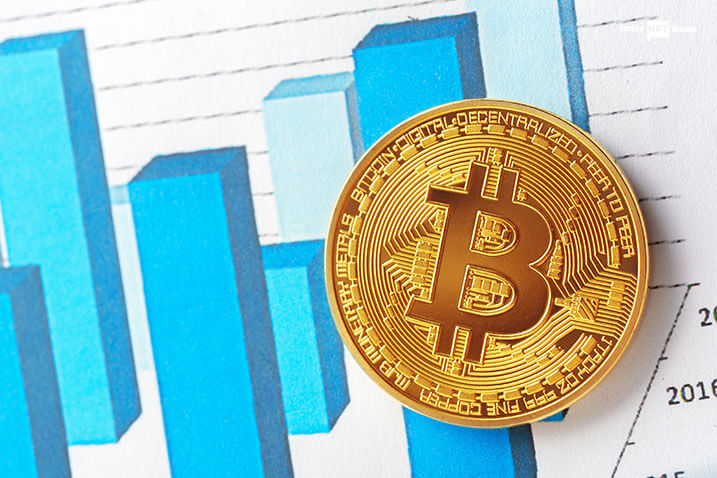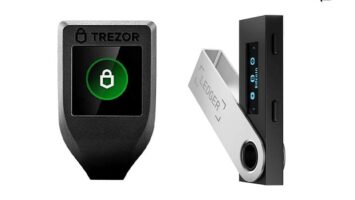SNEAK PEEK
- The rise of the Ordinal has temporarily increased Bitcoin activity, attracting many “newbies” with non-zero BTC balances on the network.
- Higher payloads are the root problem of ordinals, as per Glassnode.
- The upper range of the average Bitcoin block size jumped from 1.5-2.0 MB to 3.0-3.5 MB.
In the 14-year history of Bitcoin, the number of non-zero Bitcoin addresses has reached a new all-time high of 44 million with the launch of Bitcoin non-fungible tokens (NFTs), marking the first time network activity has been used for more than peer-to-peer monetary transactions.
According to Glassnode, the recent “short-term boost in Bitcoin activity” caused by the Ordinal’s rise has attracted numerous “newbies” with non-zero BTC balances on the network.
According to Glassnode, the root problem of this activity is due to Ordinals, which carry a higher payload of data and new active users than they are coins.
Although Ordinals are increasing the need for block space, this has not resulted in a rise in Bitcoin transaction costs. In a few weeks, the upper range of the average Bitcoin block size jumped from 1.5-2.0 MB to 3.0-3.5 MB.
Due to significant changes, there has yet to be a rise in fees. While there have been a few brief increases, Glassnode said that since Ordinals made their presence known on January 21, a “substantial lower bound transaction for block inclusion” has been attained.
Adam Back, CEO of Blockstream, and other well-known “Bitcoiners” have recently expressed their disapproval of the Ordinals protocol, claiming that it diverges from Bitcoin’s intended use as a peer-to-peer electronic payment system.
Others, though, have shown greater receptivity to the notion. As per Bitcoin bull Dan Held, Ordinals add new “financial use cases to Bitcoin.”









